
Subscribe to the CryptoWeekly Newsletter
Get the top stories, funding deals, technical analysis, cryptocurrency jobs and much more delivered to your inbox, every Monday morning.

September 29,2022
Kazakhstan President States The Country Will Embrace Cryptocurrency Exchange To Cash.
Kazakhstan President Kassym-Jomart Tokayev recently stated that the country is prepared to legalize a mechanism for converting cryptocurrencies to cash if there is sufficient demand to do so.
On September 21st, Halyk Bank suspended the usage of Russias Mir payment cards in response to U.S. Treasury Department sanctions warnings, prompting thousands of Russians to enter Kazakhstan.
It was at the international forum Digital Bridge 2022 where President Tokayev said that the country aims to become an international leader in emerging digital technologies, crypto ecosystems, and regulated mining. He further indicated that the government has already drafted amendments to national law to pilot a crypto conversion mechanism at the Astana International Financial Centre.
Additionally, Eurasian Bank and Intebix jointly announced the completion of the banks inaugural regulated crypto purchase for fiat. This marked a significant milestone in cryptocurrency adoption within Kazakhstan, thereby enabling locals to legally purchase crypto in exchange for the national currency.
ATAIX, Kazakhstans largest bank, and Altyn Bank are also among the other companies involved in the pilot crypto projects. Kazakhstan is hence fully prepared to go even further if cryptocurrencies and blockchain technoogy can consistently demonstrate continued relevance and security, at which point complete legal recognition will almost certainly be provided, President Tokayev stated.
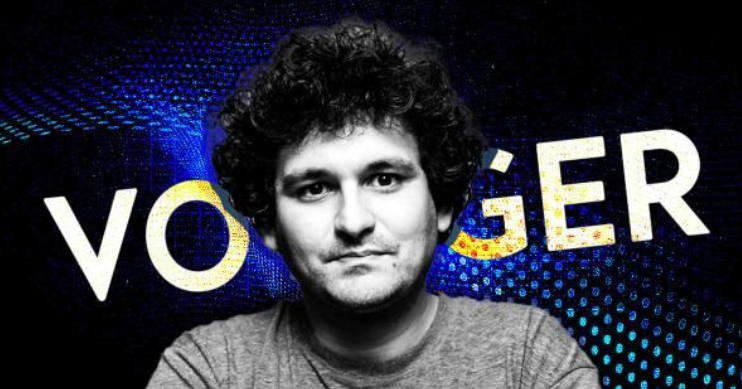
September 27,2022
Assets Of Bankrupt Voyager Digital Purchased By FTX.
The assets of bankrupt Voyager Digital were purchased by exchange giant FTX, according to a recent press release issued by Voyager. Wave Financial, a digital-asset investment firm, was competing with FTX for the acquisition.
Voyager Digital is a crypto lender which declared bankruptcy back in July. Many had scrutinized Voyager's business practices, specifically how the Canadian-listed company stated in marketing materials that investors deposits were insured by the FDIC (Federal Deposit Insurance Corporation).
Although FDIC insurance would typically cover up to $250,000 in bank-held cash deposits, it would however not cover cash that was converted to stablecoins. Voyagers loan book reportedly accounted for nearly half of its overall assets, with nearly 60% of that loan book made up of loans to Three Arrows Capital (3AC), which also filed for Chapter 15 bankruptcy in July.
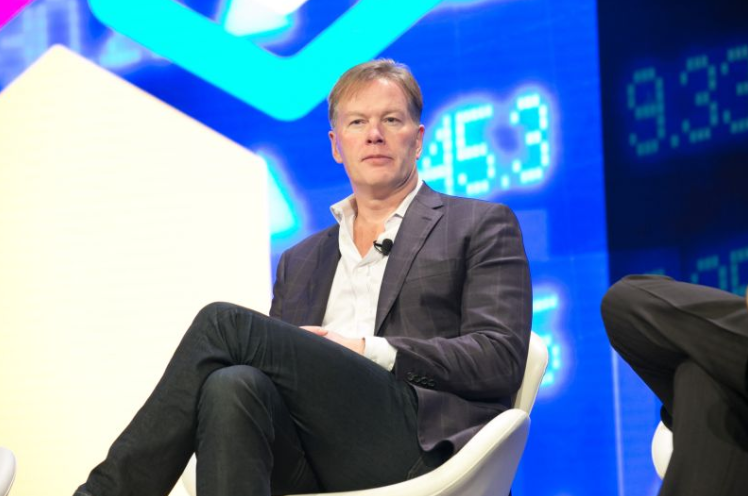
September 25,2022
Dan Morehead of Pantera Capital States His Prediction For Future Of Blockchain.
Dan Morehead, CEO and Founder of institutional asset manager Pantera Capital, believes that while there may be plenty of distressed financial sectors in the coming years, the digital asset industry shall most likely not be one of them.
Building upon his previous statements, the executive asserted that a crypto bull market is on the way, and that blockchain technology will be used by billions of people in the coming years and that mainstream adoption will continue for the foreseeable future.
Morehead believes that cryptocurrencies will thus become extremely popular sooner rather than later primarily due to the wide range of benefits they can provide to the global financial network.
He added that the most important thing to remember is that crypto is such a disruptive technology that will change nearly all aspects of our lives in the next decade.
Dan also argued that people often place too much emphasis on the primary digital asset when there are countless other viable cryptocurrency protocols which are equally important. He said that while Bitcoin (BTC) has been used as a proxy for blockchain for a long time, there are hundreds of other interesting projects such as Ethereum (ETH) and Cardano (ADA), both of which recently launched significant upgrades.

September 25,2022
Cardano’s Long-Awaited Vasil Upgrade Finally Occurs With Much Initial Success
The Cardano (ADA) blockchain has officially launched its highly anticipated Vasil upgrade, which is intended to greatly increase network capacity and reduce transaction costs. The update occurred shortly after one of Cardano's main rivals, Ethereum (ETH), launched their own upgrade known as The Merge, which marked the Ethereum blockchains transition from Proof-of-Work (PoW) to Proof-of-Stake (PoS).
Whats there to know?
The blockchains developer company Input Output Global (IOG) has dubbed the update, labeled after the late Bulgarian mathematician and prominent Cardano supporter Vasil St. Dabov, the most noteworthy and ambitious Cardano upgrade to date because of its complexity.
Cardano powers over 1,000 decentralized projects along with ADA, a cryptocurrency with a market cap of over $15 billion. The critical upgrade has been delayed several times since its original June deadline. Cardano developer Adam Dean raised an alarm in August about the test networks failures and apparent rushing. In response to the criticisms however, Tim Harrison, Vice President of Community and Ecosystem at IOG, stated that the September 22nd date was fully agreed upon by the community before also mentioning that the developer team had full confidence in the code.
What will Vasil actually accomplish?
The update is expected to release the second version of Plutus, Cardanos smart-contract language, which shall enable developers to build faster and much more complex decentralized applications (dApps) on the chain. Artano, a Cardano-based NFT project that has been testing Plutus V2, reported a decrease of over 90% in transaction size along with a corresponding cost reduction of more than 75%.
Most notably, the Vasil upgrade will use Cardanos hard fork combinator technology which, according to Cardano developer IOG, introduces brand new features without losing any data from the blockchains previous version. The new Plutus script upgrades will also make additional capabilities available to developers on the mainnet on September 27th after one epoch, which currently lasts about five days.
In any case, the upgrade was described as one of the most complex and consequential updates to the Cardano network ever done. This comment was made by Bill Barhydt, founder of crypto trading platform Abra. In fact, many agree that despite all of the delays and initial problems, the Vasil upgrade is nothing short of a groundbreaking achievement which should be discussed alongside the Merge itself.

September 23,2022
Helium Foundation Announce Migration To Solana Blockchain
After a successful community vote, the Helium Foundation has announced the migration of the Helium Network, a decentralized network that powers wireless communication protocols, to the Solana blockchain.
The network, which has run its own Layer-1 blockchain ever since its inception in 2019, suggested the migration in August through HIP70, a Helium Improvement Proposal.
The development is indicative of the teams desire to scale Helium to meet the growing needs of builders and users, while simultaneously contributing to the acceleration of the decentralized wireless network of Helium 5G along with over 945,000 user-managed IoT (Internet of Things) hotspot devices.
The Helium Foundations COO, Scott Sigel, said that the team has always had an overall objective of deploying and managing wireless networks at scale, and moving to Solana is hence a significant step forward in that direction.
The migration is planned for 2022s 4th quarter. The Helium Foundation stated that it would collaborate with the Solana Foundation to ensure a smooth transition.
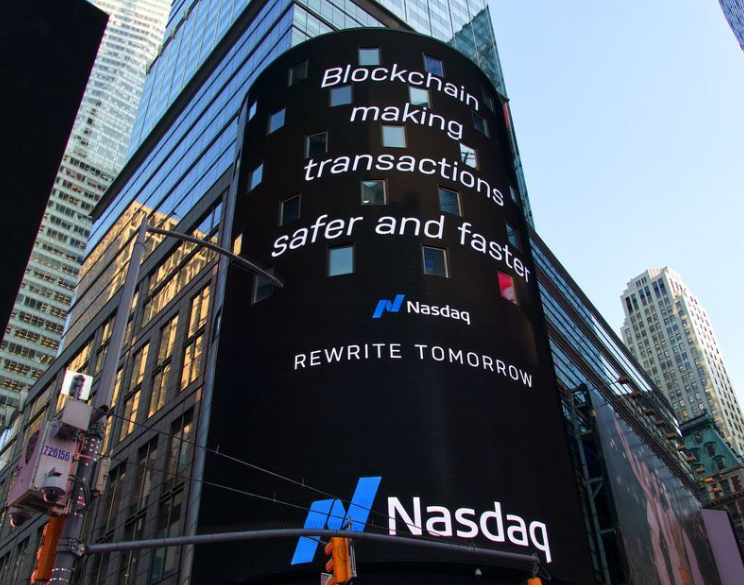
September 20,2022
Nasdaq Creating Department In Charge Of Digital Assets
Nasdaq Inc. is making its first foray into crypto by establishing a new department in charge of digital assets. Tal Cohen, the firms head of North American markets, was quoted in a recent report which is where the news initially came from.
The first milestone will be to provide institutional investors with custody services for Bitcoin (BTC) and Ethereum (ETH). Previously, instead of forming a crypto exchange to compete with Coinbase and other businesses, Nasdaq routinely provided the necessary technology to cryptocurrency market participants over the years.
As such, Nasdaq Digital Assets plans to develop an advanced custody solution which includes liquidity as well as execution services. With an added layer of protection and security, the overall focus shall reportedly be on the sectors availability, connectivity, and efficiency issues. It should be noted though that regulatory approval is required for the offering.
Cohen added that demand for digital assets among institutional investors has risen in recent years, and Nasdaq is well-equipped to accelerate mainstream adoption and become a key driving force behind sustainable growth.
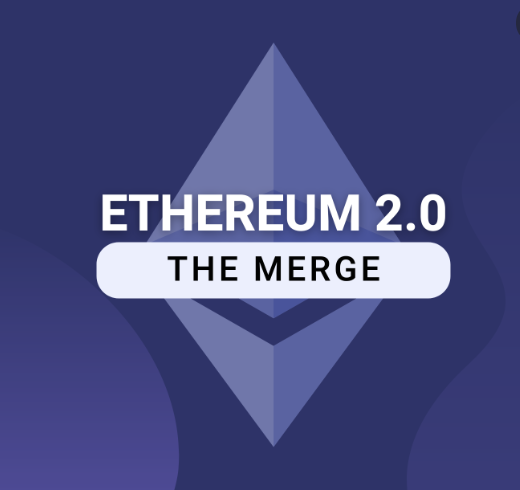
September 18,2022
Ethereum’s Merge Finally Occurs, But What Happens Now?
On Thursday morning at approximately 06:40 UTC, Ethereums highly anticipated Merge to PoS (Proof-of-Stake) was completed. The new system invites validators to stake 32 ETH with the platform, granting them access to the Ethereum ledger along with the ability to confirm and write transactions. However, because of the high capital requirement, as well as the technical difficulty associated with setting up a validator system, only a select number of people can become validators on their own.
Important details
More than 40% of the networks blocks were added by only two companies following Ethereums Merge event last week, namely Coinbase and Lido. Developers framed the switch Proof-of-Work to PoS as a way to combat centralization on the second biggest blockchain network by making it more difficult for individual entities to interfere with the Ethereum ledger. However, there were signs of network consolidation early on which have since raised concerns that those expectations may not be realized in the way that everyone was hoping.
Nevertheless, ETH has flowed to services provided by Coinbase, Lido, and other staking pools that make it simple for users to become validators and earn rewards for doing so. Despite this, concerns have been raised as a result of so much money going to so few services, as should a single entity own over 66% of the networks staked Ether, it can make it increasingly difficult for others to successfully write transactions to Ethereums ledger.
More than meets the eye?
Although the Ethereum Merge is a truly historic event that will be discussed and revisited for a long time to come and will reportedly cast aside miners who were previously the key driving force behind the blockchain in exchange for the more environmentally-friendly PoS system, concerns about validator centralization have been steadily increasing since August, when sanctions imposed by the United States government involved validators being forced to censor transactions coming specific blockchain addresses.
Some, but not all, validators in the country have hence announced that they shall start ignoring transactions the Tornado Cash mixer program, thereby preventing any chances for those transactions to come onto Ethereums decentralized ledger. SmartFi Executive Chris Terry stated that this is essentially consolidation which in this context is just another term for centralization. This is extremely dangerous as it grants more control to the government and other intermediaries. Without a doubt, he continued, the Ethereum blockchain will witness plenty of transaction censorship now on.
Additionally, concerns about Ethereum becoming more centralized have resulted in a number of comparisons regarding the new PoS system to the types of centralized fiat currencies which blockchains were designed to avoid in the first place. Max Gagliardi, Ancova Co-Founder, said that ETH is now solely created digitally by guidelines and parameters laid by its central planners. Whatever the case may be, all eyes are fixed on Ethereum as the world's second largest crypto by market capitalization looks to convince everyone that the move to PoS was indeed worth it.
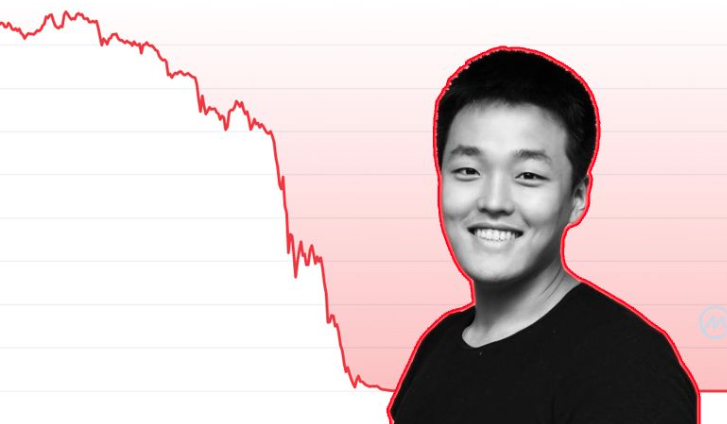
September 17,2022
Do Kwon, Infamous Co-Founder Of Terra Takes To Twitter
Do Kwon, the infamous Co-Founder of the Terra ecosystem which had completely collapsed earlier on in the year and for whom the Singapore Police Force recently issued an arrest warrant, is currently the most wanted man in crypto.
Kwon and five of his associated were named in an arrest warrant issued by South Korean prosecutors. He was primarily responsible for the creation of two cryptocurrencies, the demise of which shocked the global cryptocurrency markets and caused a widespread crash.
Terraform Labs, the blockchain platform that Do Kwon had co-founded, was accused of fraud by its investors shortly after the companys demise. Moreover, for what seems like the longest time, the Seoul Prosecutors Office claimed that both Kwon and the others who were accused of violating capital markets law were indeed all in Singapore.
Do Kwon took to Twitter shortly after the local police issued a statement, claiming he has nothing to hide and is in fact willing to cooperate with government agencies. However, his exact current whereabouts remain unknown at the moment.
After the collapse, a thorough investigation and public outcry in South Korea resulted in the arrest warrant. As per Elliptic, a blockchain analytics startup, global investors in LUNA and TerraUSD lost a total of $42 billion.
Kwon recently tweeted that he is not on the run or anything similar, however he did not specify where he was. Nevertheless, he assured the government that both he and his associates would be fully cooperative and shall not hide anything from any agency that has shown an interest in communicating with them.
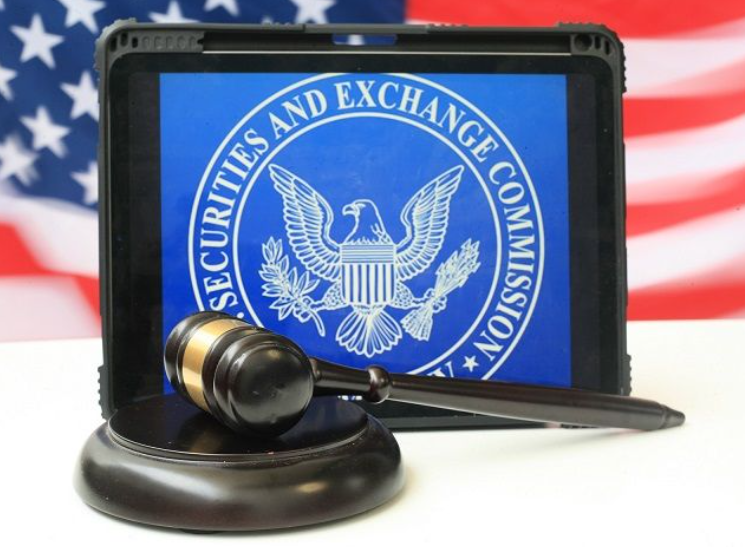
September 13,2022
Chamber Of Digital Commerce Declares Its Support For A Bitcoin (BTC) ETF
The Chamber of Digital Commerce has declared its support for a Bitcoin (BTC) ETF spot in the United States. In the report titled The Crypto Conundrum, the organization does not mince words as they ask why the SEC is refusing to approve a Bitcoin ETF.
The Chambers representatives claim that all of the SECs requirements have been met, but a Bitcoin ETF is still as far away from approval as it was when the Winklevoss twins first requested it back in 2013.
The Chamber argues that capital which could have been invested in the United States has instead been deployed in other, more innovative countries. These other advanced economies, including Sweden, Switzerland, Germany, Canada, and Australia, have already approved Bitcoin ETFs. More importantly, there were no reported instances of hacking or theft in these countries, as well as no indications of market manipulation either.
The Chamber of Digital Commerce is a trade association that represents the blockchain technology ecosystem. Its purpose is to advance digital assets and blockchain technologies mainstream acceptance and usage. Despite its title though, it is not a governmental institution.
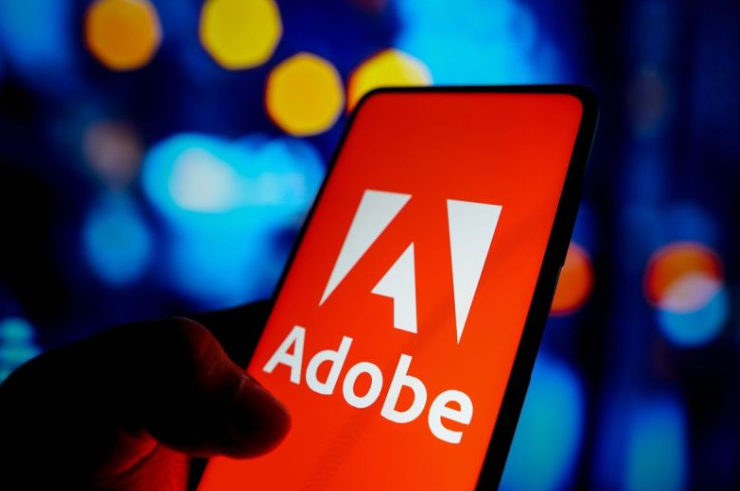
September 13,2022
Adobe Acquires Figma
Adobe has officially confirmed a $20 billion acquisition of Figma, a web design application, in an attempt to compete with its biggest rival.
Figmas products will be combined with some pre-existing features, such as photography, illustration, and video technology, according to the creative design software company. Adobe offers paid features such as After Effects, Behance, Illustrator, Photoshop, and Premiere Pro.
Adobe and Figma working together is transformational, and it will undoubtedly accelerate the overall vision for collaborative creativity, said Adobe CEO Shantanu Narayen.
For its part, Figma, which was founded in 2012, expects to generate more than $400 million this year. Kleiner Perkins, Index Ventures, and Greylock Partners have all previously invested in web design platforms.
Dylan Field, Figma CEO, seemed enthusiastic about the collaboration, believing there is massive potential for both parties as well as features designers who can gain a lot from this collaboration.
The combination of the two companies may even result in more NFT initiatives before long. In fact, Adobe already entered the NFT sector when the company announced last October that it would integrate an NFT preparation feature into Photoshop. Among other things, the option will allow users to prove ownership of their NFTs.
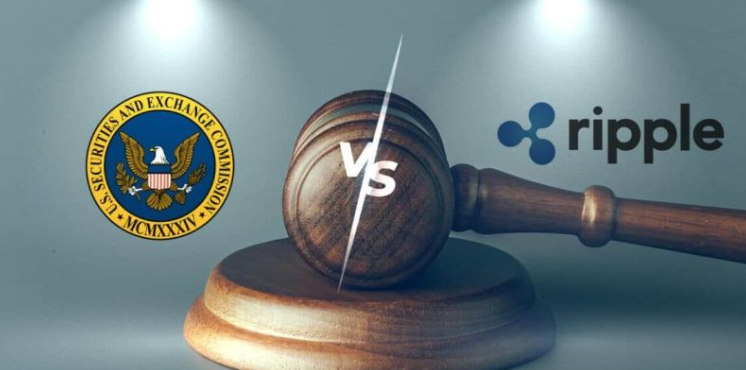
September 11,2022
SEC And Ripple Labs Story End?
The infamous story between the SEC and Ripple Labs may be coming to an end after months of legal drama, as both parties have reportedly agreed to show their cards.
Parties to the suit recently sent a letter to Hon. Analisa Torres requesting that the court approve a joint proposal to govern the upcoming summary judgment motions to be filed within the next few weeks. Before filing summary judgment motions, the SEC, Brad Garlinghouse, and Chris Larsen all agreed to a joint proposal regarding the sealing issues.
If the judge grants the request, both parties shall have access to details of briefs along with other previously unseen documents. Both parties therefore agree that redactions would be kept to a minimum, and they will discuss a redaction schedule, if any, after approval.
As per the proposal, the parties reasoning for all this is to ensure that any potential sealing issue can be raised before the court in a single set of briefs rather than piecemeal, and to allow enough time for everyone from both sides to meet and confer.

September 11,2022
Ethereum Merge Finally Gets Underway As The Entire World Waits To See What Will Happen
The Ethereum blockchains Merge has begun and will most likely take effect between September 13th and 16th. The Bellatrix upgrade, the networks final hard fork before the Merge, went live this past Tuesday, ushering in Ethereums long-awaited transition from PoW (Proof-of-Work) to PoS (Proof-of-Stake).
Important details
Essentially, the Bellatrix upgrade is responsible for preparing Ethereums PoS Beacon Chain, also known as its Consensus layer, to be ready for a Merge with Ethereums mainnet Execution layer.
As such, the Merges TTD (Terminal Total Difficulty) value has been set at 58,750,000,000,000,000,000,000. This figure, which represents the total difficulty of all mined Ethereum blocks, is expected to be reached between September 13th and 16th. At the moment, predictions currently indicate that it will occur around September 15th.
When the TTD number is attained, the networks Execution layer will be merged with the new PoS Consensus layer, enabling the chain to proceed with a new system for granting and validating transaction blocks.
Falling behind?
It should be noted that Ethereum has been falling behind other PoW cryptocurrencies prior to the Merge. Hive Blockchain, a crypto mining company, has been working to substitute ETH mining with other coins in the event that Ethereum switches to PoS.
Hive had therefore begun beta-testing various GPU-mineable coins in anticipation of the upcoming Merge. Hives technical division is also working to implement a strategy to maximize its Ethereum mining capacity of 6.5 terahashes per second. Additionally, another major miner named Hut 8 Mining shall reportedly explore ventures outside of crypto in the meantime.
At any rate, the pressure is certainly on Ethereum due to the fact that staking pools could be the next new breed of validation and community effort as ETH mining pools recede into obscurity. However, it should be mentioned that many former Ether miners do have alternative options even if mining ETH is no longer feasible. Decentralization is also generally viewed as a significant advantage for PoW coins and many members of the community see the advantage of PoW based on this approach. Experts with technical know-how regarding the aforementioned GPU-mineable coins will thus undoubtedly be looking at other viable options as crypto mining remains a cornerstone of the entire industry.
What will the Merge accomplish?
As per the Ethereum Foundation, a non-profit organization that funds Ethereum ecosystem development, the Merge shall reduce the network's energy consumption by over 99% and pave the way for future improvements to its core infrastructure.
The difficulty level on Ethereums PoW network shall hence increase to the point where mining new blocks would be impossible at the time of the Merge. The Merge itself has been in the works for a long time, as the Beacon Chain was originally introduced back in December 2020. Ethereum switched its Goerli testnet from PoW to PoS last month, thereby signifying the third and final preparatory stage for a mainnet Merge.
With the completion of the Merge, Ethereums energy-intensive PoW chapter will come to an end. The next steps on Ethereums roadmap include reducing fees and increasing transaction speeds through sharding and rollups, something which the Ethereum community has been requesting for the longest time since Ether is known to have ridiculously high gas fees. At any rate, the entire world waits with bated breath as the Merge finally approaches. Institutional and retail investors are also keeping a close eye on Cardanos upcoming Vasil hard fork, which is scheduled for only a week after the Merge on September 22nd.